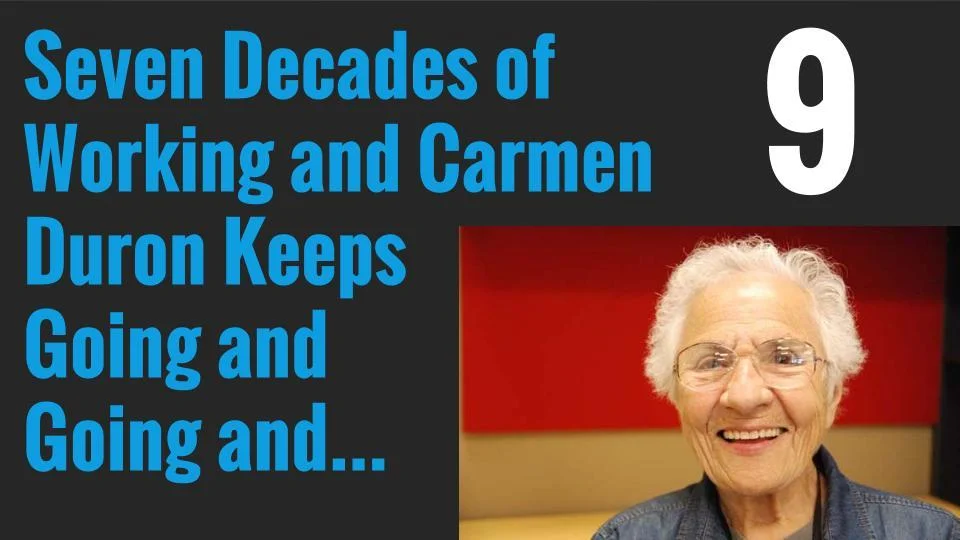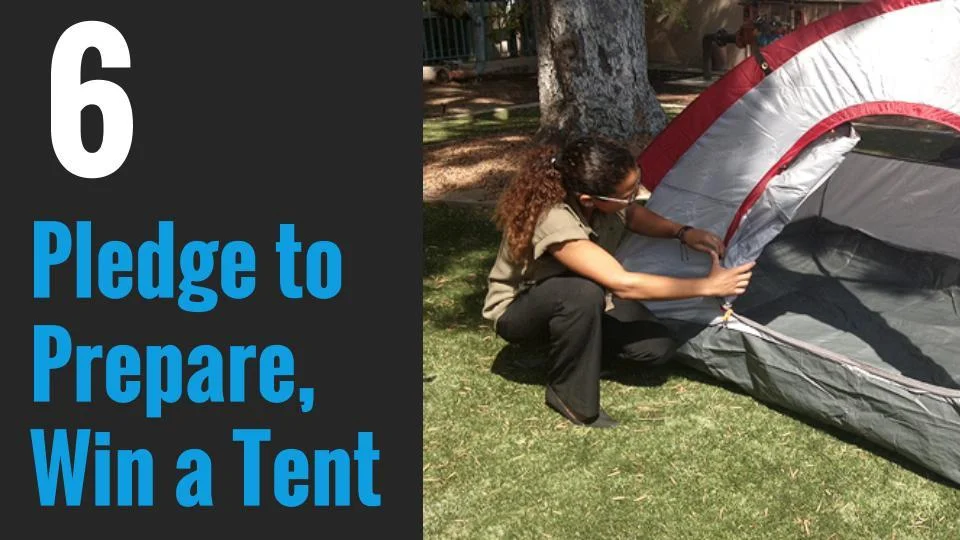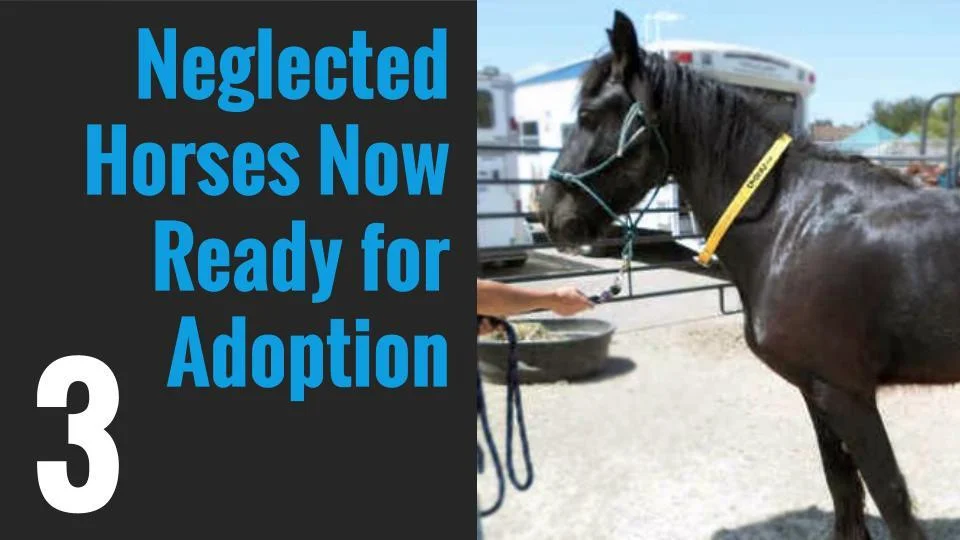
They finish each other’s sentences. They speak by phone every work day morning at 8:20. One of them will answer emails addressed to both of them without needing to check with the other.
Kathy Jackson and June Herzog have been inseparable, working together in the Health and Human Services Agency’s (HHSA) Child Welfare Services for 25 years. They are co-workers and - more importantly - best friends.
“When we’re at meetings and doing introductions, if she’s not there I’ll turn to the empty chair next to me and say, ‘this is Kathy Jackson from North Inland’ and they look at me like she’s not there - but she might as well be,” said Herzog.
They’re used to the slightly crazy looks they sometimes generate. Their enduring friendship and the fact that they are completely in sync can be rare in the workplace and something others long for.
“I didn’t realize it was so unique,” said Herzog. “I guess that 25 years really makes a difference that you never really thought about.”
The duo met within months of joining HHSA in 1989. Kathy started in April and June followed in June. They first worked together in HHSA’s Intensive Family Preservation Program and after stops in several other programs eventually wound up together in North County seven years ago.
Herzog is the CWS manager in Oceanside and Jackson holds the same position in Escondido.
“June and Kathy are that shining example of what teamwork is,” said Chuck Matthews, HHSA’s regional general manager who oversees operations in North County. “They have set the bar high and we really do hold those two up as examples of great teamwork.”
Their workday starts at 8:30 a.m. and always begins with that 8:20 call on the way into the office.
“We may talk once during the day, we may talk five times,” said Herzog. “Then at the end of the day we have a recap.
“Sometimes it’s quick. Sometimes it’s an hour.”
Jackson said the phone calls can be anything from venting to brainstorming how to tap each other’s talents.
There’s also a “bazillion emails,” said Herzog. “It’s kind of funny because there’s really a rhythm.”
“I know which one’s she’s going to respond to and she knows which ones I’m going to respond to,” said Jackson. “We don’t even have to say anything. It’s just done.”
You might be surprised to learn they really aren’t that similar. They are actually more complements to each other than anything else.
“Our staff won’t say - if you ask staff about us – we’re alike at all,” said Herzog. “And we’re not.
“We have very different styles, very different. So the fact that we actually get along…”
Jackson often has to play the bad cop to Herzog’s good cop, although they even switch up those roles occasionally.
“We do look at each other’s strengths,” said Jackson. “We depend on each other’s strengths and that’s a big thing within our offices.
“June is the Communicator, the Woo and the Activator,” she said, listing types from the popular StrengthsFinder assessment. “I’m the Arranger.”
Or as Herzog puts it, “She’s the thinker and doer, and I’m the talker and influencer.”
They also have a healthy competition with each other. Herzog mentions that’s she trained most of Jackson’s supervisors.
“Historically I have trained people and groomed them and then Kathy takes them and promotes them,” she said. “However, we’ve started a new trend lately and she’s been training staff and I’ve been taking them, but she’s owed me!”
They also get a little competitive when things like quarterly reports come out.
“We’re always competing between the offices,” said Jackson. “We always want to beat each other, but that only elevates our numbers.”
They share a love of cooking that serves as their way to unwind from the stress of work. They also love to shoe shop.
“If we have cooking questions, we can call each other,” said Herzog. “We go home and we cook dinner. It’s our Midwest upbringing.”
The 2007 firestorms even caused Jackson to evacuate her Fallbrook home and stay with Herzog’s family.
“My home was evacuated and my family was all over the place,” said Jackson. “I didn’t have a place to go and our emergency operations were over here so I stayed with June and that was nice for my family to know I was OK.”
They were able to accommodate Jackson being displaced, but there was a limit to the assistance, according to Herzog.
“’Do you need a shirt or do you need this?’” Herzog said. “But I told her you have to buy your own underwear – or we can do laundry every night.”
Having your best friend alongside you at work for 25 years has had many benefits for both of them.
“It just makes a huge difference,” said Herzog. “You get to pick who you marry and who you live with. You don’t really get to pick who else you’re related to or who you work with.
“That can be a challenge at times, but to be able to work with someone that you get along so well with and have a great relationship with makes a huge difference.”
The one thing they’ve never done together is take a vacation. That’s because they supervise each other’s offices when they are gone.
“It’s so funny that for all these years we’ve been working together, we just automatically knew who’s going to take off when,” said Herzog. “It’s always worked out except for once when we both had family weddings one summer and we both had to be off.”
Their holiday schedules are the same every year.
“She takes Thanksgiving so I take Christmas,” said Herzog. “That has always been in sync.
“They say when you live together with someone your patterns just become in sync.”
“Well, that’s us,” said Jackson. “We never really planned it, it just happened. We just knew.”
 Longtime Deputy District Attorney Daniel Lamborn got some happy news for the holidays. Governor Jerry Brown appointed him to serve as a judge on the San Diego Superior Court.
Longtime Deputy District Attorney Daniel Lamborn got some happy news for the holidays. Governor Jerry Brown appointed him to serve as a judge on the San Diego Superior Court.

















